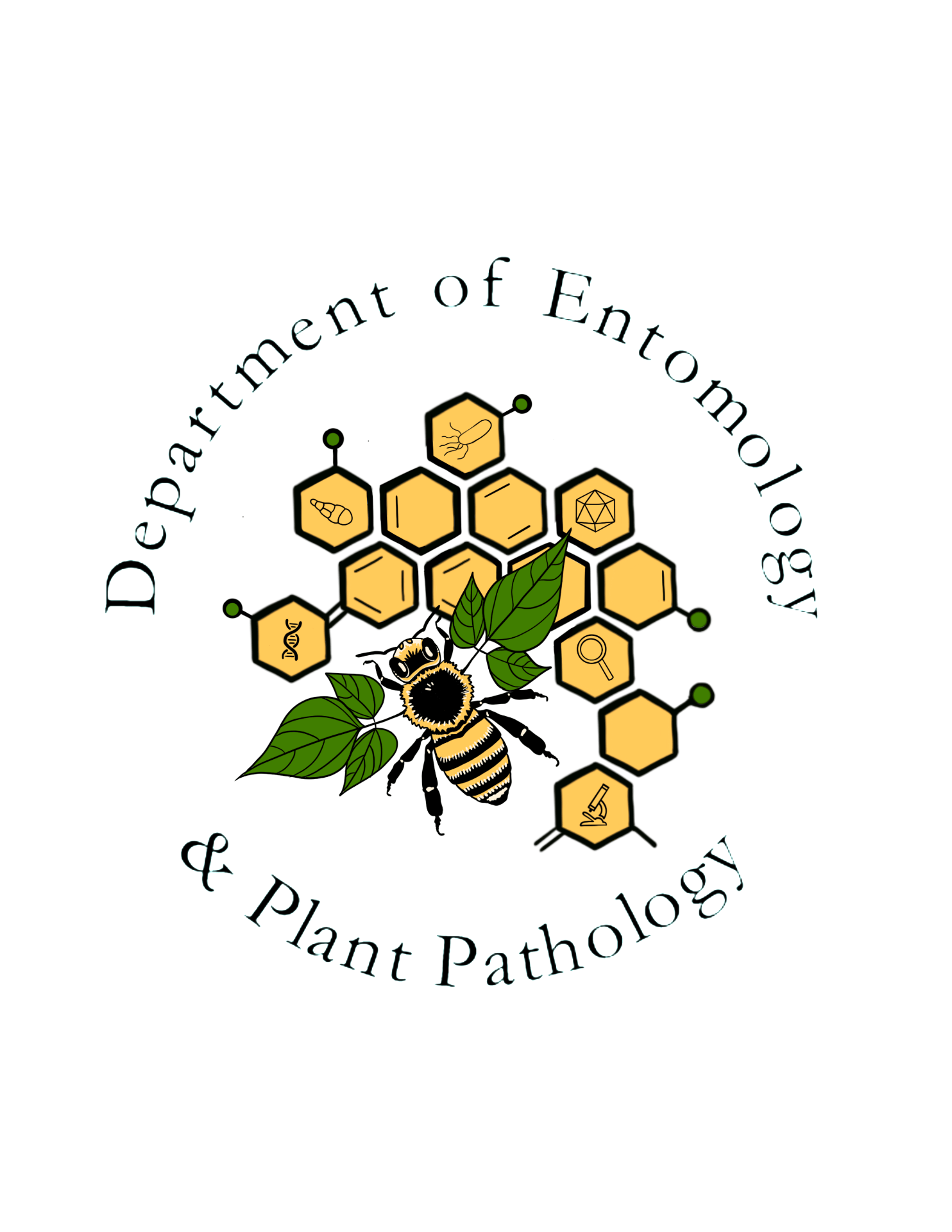Multicolored Asian lady beetle
Order: Coleoptera
Family: Coccinellidae
Genus and species: Harmonia axyridis (Pallas)




Multicolored Asian lady beetle (MALB) is an apt name for this little beetle. It is the common name officially sanctioned by the Entomological Society of America. The quarter inch beetles at first glance look very much like some of our other species of lady beetles, but actually the background color and pattern of dots varies immensely within the population. In a typical, fully spotted individual, the wing covers are bright red-orange and they bear 19 black spots: one shared by both wing covers at the anterior end and an anterior row of two spots on each wing cover, followed by two rows of three spots, and finally a single posterior spot. Some light colored individuals bear no spots on the wing covers, and individuals can be found that have every conceivable degree of spot reduction between the two extremes. On the other hand, individuals can be found that are primarily black and bear two or four red spots. This species is indeed multicolored. Other common names that have been applied include harlequin or multivariate ladybird, again referring to the variation in color and decoration, and Halloween lady beetle or pumpkin ladybird, because of the appearance of large numbers of orange beetles in October.
However, there are some distinctive and fairly constant features of this species. Each wing cover bears a posterior indentation, in the area of the posterior spot for maculate forms. The pronotum – the area immediately behind the head – is usually white or light yellow in background color, and it usually bears a fairly distinctive black, M- or W-shaped pattern, depending on the angle of view.
The MALB is native to eastern Asia, including Russia, Mongolia, China, Korea, Japan, Taiwan and surrounding areas. It has been introduced to many areas around the world as a biological control agent for aphids and scale insects. The first introductions in the United States were conducted in the early Twentieth Century. However, the first established population was not detected until 1988 near New Orleans. From that time, the MALB quickly spread to other states, aided by additional intentional and accidental introductions. It was first detected in Arkansas in 1992, in the southeastern part of the state, and it is now widespread across much of the United States east of the Mississippi and on the West Coast.
The MALB has been a successful biological control agent for pest insects. Although it is often regarded as a primarily arboreal species in Japan, here in the United States, eggs are actually laid on low-growing plants in additions to forest trees. After eggs hatch, the young larvae begin searching on plants for aphids and other soft-bodied arthropod prey. The larvae molt four times before pupating. Mature larvae are strikingly colored, with bright yellow-orange tubercles set upon a bluish-black background. Each larval can consume 600–1200 aphids before pupating. Adults are capable of eating 90–270 aphids per day. These beetles apparently contribute great benefit to society by consuming pest aphids, scale insects, and other invertebrates on nursery, ornamental, and field crop plants, including Christmas trees, apple trees, pecan trees, alfalfa, soybeans, cotton, tobacco, and wheat and other grains.
On the other hand, MALBs are regarded by many people as nuisance pests because of their tendency to seek overwintering quarters indoors, the odor and stain left after crushing them, their tendency to bite human beings, and their ability to out-compete and displace native species of lady beetles. They also can contaminate crops, and when they get into harvested grapes, they can alter the taste of wine. Adult beetles can cause damage by feeding on ripening fruits, such as peaches, apples, and raspberries. During most of the year, MALBs are fairly inconspicuous as they busy themselves search among vegetation for food items. However, large aggregations of beetles are often found in the autumn as they prepare to find protected places in which to pass the winter in dormancy. They are often attracted to sunlit sides of white or light colored buildings, including human dwellings. They can eventually find their way inside homes, cause alarm and disgust among the dwellers. A person lingering in the vicinity of a gathering of beetles might experience annoying but not-very-painful nips from beetle mandibles. Finally, there are the nontarget effects of MALB. As voracious generalist predators, they will consume many insects other than pest aphids and scales. They are known to take larvae of other lady beetle species, and laboratory and field trials have shown that MALB adults will consume monarch butterfly eggs and young larvae.
